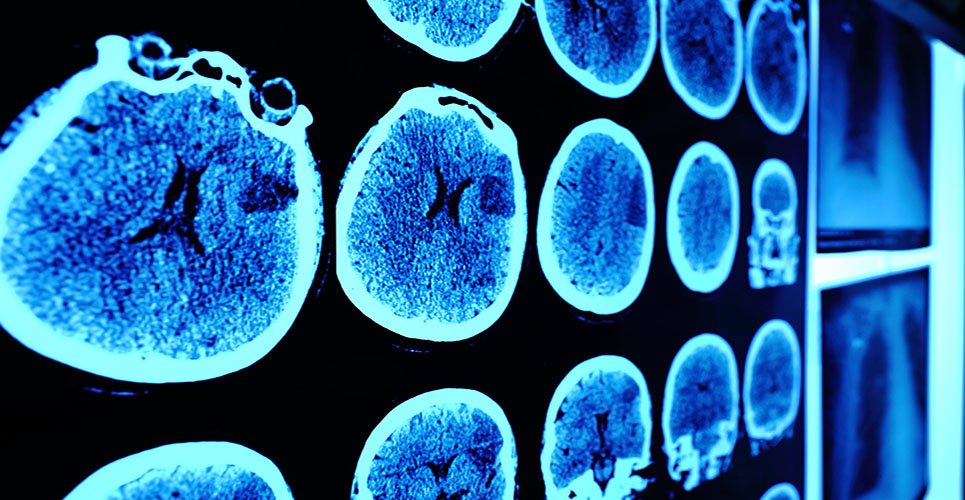teaser
Pierre-Jean Souquet
MD
Chef de service
Pneumology Department
Hospices Civils de Lyon
Centre Hospitalier Lyon Sud
Lyon
France
E:[email protected]
Lung cancer is the leading cause of cancer deaths worldwide.(1) It results in more than 200,000 deaths each year in Europe, which is more than the total number of deaths from colon, breast and prostate cancer.(2) Despite a recent fall in tobacco consumption, incidence is still increasing due to tobacco consumption in the 1980s and 1990s,(3–6) and also because of occupational exposure, mainly to asbestos, with more than 30% of newly diagnosed lung cancers being the result of important asbestos exposure.(7,8)
The incidence of lung carcinoma in nonsmoking patients is also increasing. The reason for this, however, is still unclear, and it could be due to diet or pollution. In the past few years, progress has been made in several fields.
Antismoking campaigns
In some Western countries, anti-smoking campaigns have led to a slight decrease in lung cancer incidence in males. Help is available for smokers who wish to stop, in the form of nicotine substitution and bupropion. The current challenges are to help emerging countries, where the tobacco epidemic is a major problem, and to help teenagers and young adults to quit, or not to start, smoking.
Early diagnosis
Early diagnosis with low-dose chest CT scan allows for the diagnosis of tumours of less than 1cm in diameter. Surgical resection of such small tumours might be very effective, but the real efficacy of this strategy has not yet been demonstrated (lead-time bias). Early diagnosis of squamous cell bronchial carcinoma and carcinoma in situ with autofluorescence endoscopy is now feasible, and seems to be of interest for patients cured of lung cancer or head and neck cancer, where recurrence rates are very high (more than 15%).
In such cases, local treatments, such as photo‑ chemotherapy, cryotherapy or brachytherapy, can cure some patients without surgery or external radiotherapy.
Multimodality treatment
The efficacy of multimodality treatment has been demonstrated in combination with chemotherapy and radiotherapy in limited-stage small-cell lung cancer and locally advanced nonsmall-cell lung cancer (NSCLC).
Recent trials have reported a clear advantage of adjuvant chemotherapy after surgery at almost all stages of NSCLC (except for tumours less than 3cm in diameter without nodal involvement).(9) Thus, three or four cycles of platinum-based chemotherapy after radical surgery can increase cure rates by 5–10 %. This benefit is similar to that observed with chemotherapy after surgery in breast cancer, and is greater than that obtained with adjuvant chemotherapy in colon cancer. Thus, all patients with good performance status and with no uncontrolled comorbidities might be given adjuvant chemotherapy after surgery.
New biological agents
Similarly to Herceptin (trastuzumab) in breast cancer or Gleevec (imatinib mesylate) in chronic myeloid leukaemia and gastrointestinal stromal tumours, some drugs have the power to block epithelial growth factor receptors (EGFrs). The EGF is implicated in the proliferation, invasion, angiogenesis, metastasis and apoptosis of tumour cells, especially in the case of NSCLC. Hovever, hyperexpression of the EGFr is not associated with poorer prognosis in NSCLC. Inhibitors of tyrosine kinases, such as gefitinib (Iressa) and erlotinib (Tarceva), are small molecules acting on the intracytoplasmic part of the EGFr.
Clinical trials have demonstrated a great benefit in survival and quality of life, with dramatic response, but unfortunately in a small proportion of patients.(10) Objective response rates of 10–18% and 40% of patients having a better quality of life have been reported in second- or third-line therapy in stage IV NSCLC, after failure of chemotherapy. The rapid action (less than eight days in most cases) is also astonishing for an antigrowth factor. Nevertheless, the usefulness of these drugs has not been demonstrated in first-line settings in combination with chemotherapy and even in some trials versus placebo after failure of chemotherapy in metastatic disease. An explanation has recently been given with the discovery of somatic mutations in the tyrosine kinase domain of the EGFr genes in 32 out of 37 patients responsive to tyrosine kinase inhibitors, compared with none in patients who are nonresponsive. (11–13) Mutations are mainly described in exons 16 to 21. These mutations are more frequent in nonsmoking patients of Asian origin with adenocarcinomas, which explains the improved activity of these drugs in nonsmoking women with adenocarcinoma and Japanese patients.(14)
Furthermore, the toxicity profile of these drugs, which includes diarrhoea, acne and rash, is radically different from that of chemotherapeutic drugs. Numerous new drugs might be used in the next years, such as monoclonal antibodies against growth factors receptors or antiangiogenic agents. However, the development of such new drugs will be faced with two major problems: toxicity (short- and long-term), and our incapacity to detect a clear benefit in a small percentage of the treated population with a major risk to reject active drugs.
Lung cancer is a very heterogeneous cancer; thus, we need more accurate prognosis factors, and we also need to treat on a patient basis. Thus, databases are needed to analyse the causes for efficacy or inactivity, and to compare the toxicities of chemotherapeutic and biological drugs. Analysis of the genomics and proteomics of both the tumour and the patient would allow us to treat each patient individually, which would lead to better results, with less toxicity problems.
Conclusion
We can now cure, each year, 15–20% of bronchial carcinoma patients, which is more than for lymphoma. This percentage still seems low, but it represents, in France only, about 5,000 patients cured every year. More research is needed to increase these rates.
References
- Cancer 1998;4:11-2.
- Ann Oncol 1999;10 Suppl 5:S3-6.
- Int J Cancer 2002;102:179-83.
- Lung Cancer 2002;36:9-14.
- J Natl Cancer Inst 2001;93:277-83.
- BMJ 2000;321:323-9.
- J Clin Oncol 2005;23:3175-85.
- Clin Ter 2004;155:69-74.
- J Clin Oncol 2002;20 Suppl 1:23S-33S.
- Curr Med Chem Anti-Canc Agents 2004;4:139-48.
- Proc Natl Acad Sci USA 2004;101:13306-11.
- N Engl J Med 2004;350:2129-39.
- J Natl Cancer Inst 2005;97:339-46.
- Clin Cancer Res 2005;11:2924-9.

